Importing products from China: how to maximize profitability?
Choosing products to import from China is a critical step to business success, whether you are engaged in e-commerce or running a brick-and-mortar store. However, picking the right products requires an in-depth understanding of the business environment in different countries as well as your business model. Many businessmen who lack experience or market insight may choose the wrong products, resulting in wasted time and money, or even giving up on their entrepreneurial dreams.
This article will provide you with practical advice on product selection by analyzing six product types to help you better understand which products are more profitable to import from China.
1. Popular products
Popular products are highly sought after due to their fast-spreading nature. Whether online or offline, it usually takes six months to a year for such products to go from unknown to widely known. When the market is saturated, profit margins can shrink dramatically. Therefore, only those who sell in large quantities at the beginning of a rising product trend can make a good profit. For example, webbing, selfie sticks, balance bikes, and fingertip gyroscopes have all been popular products. Masks during epidemics are also a prime example. However, the key to profiting from this lies in the establishment of a sound distribution system, strong promotional capabilities and relevant import clearance qualifications. For new importers, it is risky to start a business with popular products unless you have a keen market insight and the ability to seize the moment.
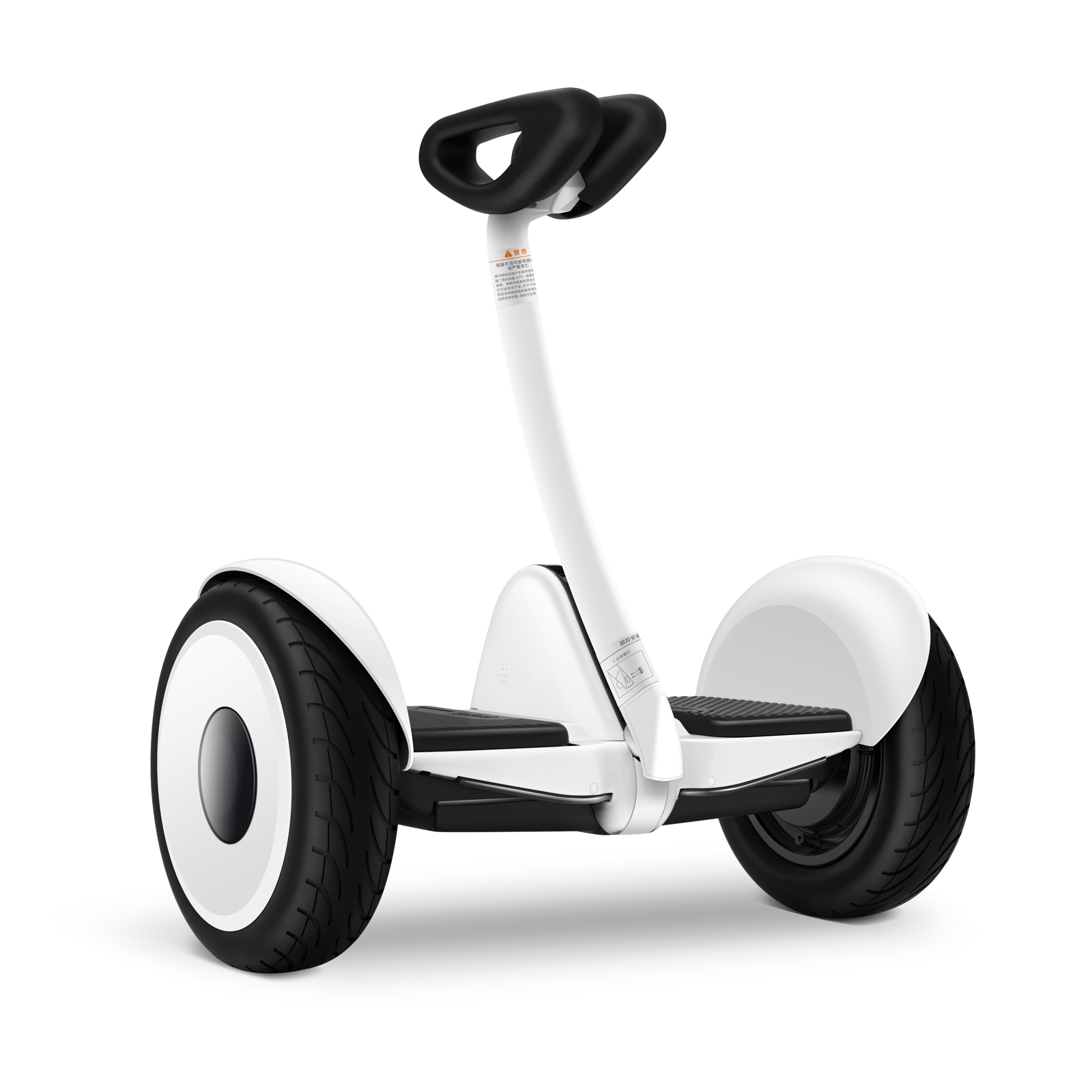
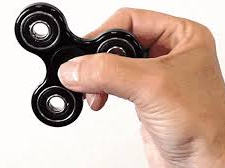
2. Low-value but high-demand products
Many new importers prefer low-value but high-demand products, such as toilet paper, printer paper, baby diapers, and disposable cups, as ideal for importing from China. Wholesale prices in China for these products are often much lower than in other countries and there always seems to be a steady demand for them in the market. However, these products are not suitable for all new importers, and here are some factors to consider:
First, despite the low prices offered by Chinese manufacturers, the average freight cost per product is still high due to the low value of the product itself. For example, when importing disposable paper cups, it is necessary to purchase in bulk in order to reduce the cost of shipping each cup. This means that you need to have enough capital to cover the initial large purchase costs and enough storage space for these products.
Secondly, many countries or neighboring regions have factories that produce similar products. Purchasing from these countries is not much more expensive than importing from China, and sometimes even more advantageous. For example, some countries may have easier logistics and lower transportation costs, or have product specifications and quality standards that better meet local consumer needs.
Therefore, unless you are importing for your own company and can ensure a quick turnaround and sale of the product, or have a good relationship with a large local buyer (e.g., a hypermarket or distributor) who is committed to buying in bulk at a competitive price, it is not advisable to choose this type of product. In this case, you can take advantage of the Chinese manufacturer’s price advantage and combine it with your own sales channels and customer relationships to realize a stable profit.
3. General Daily Consumer Goods
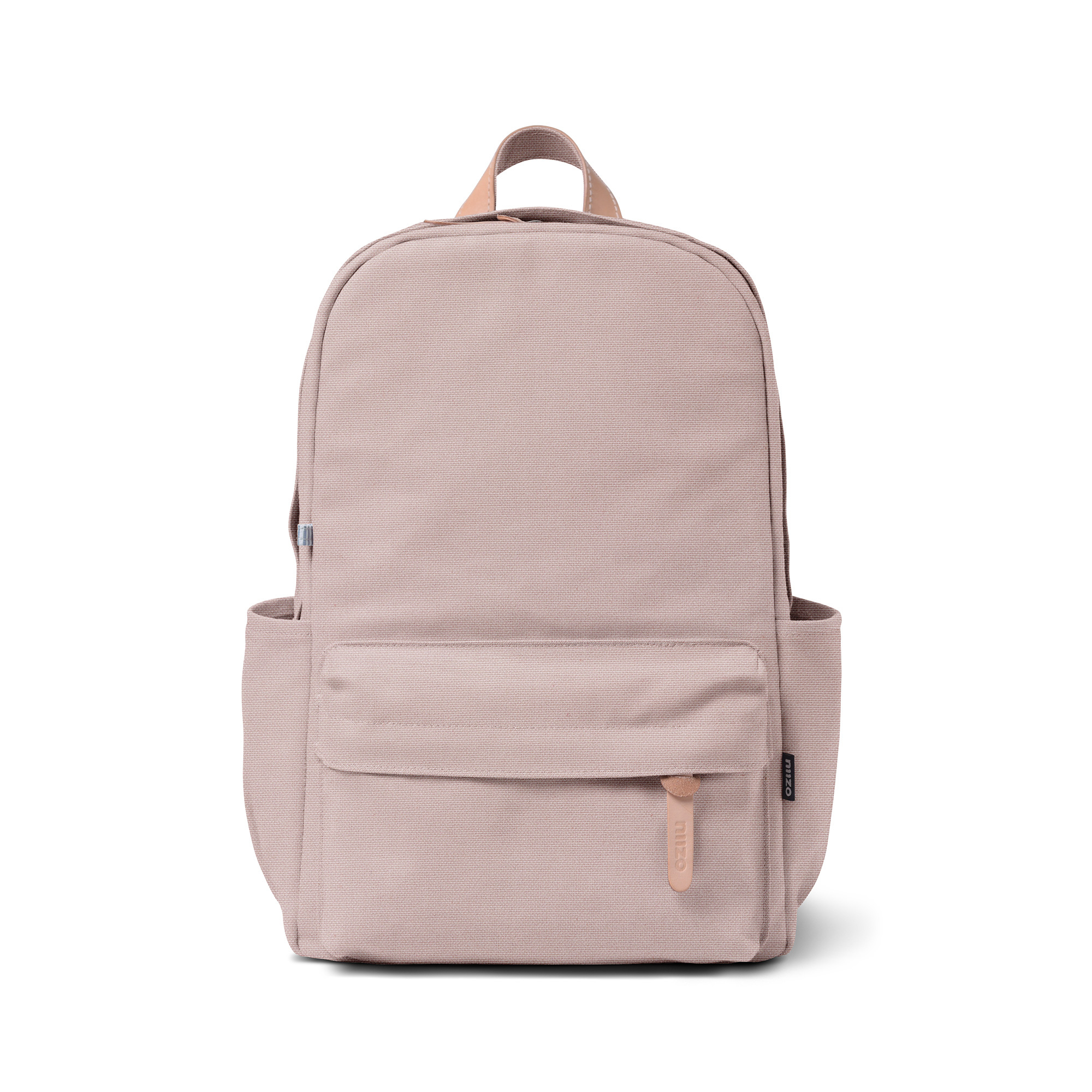
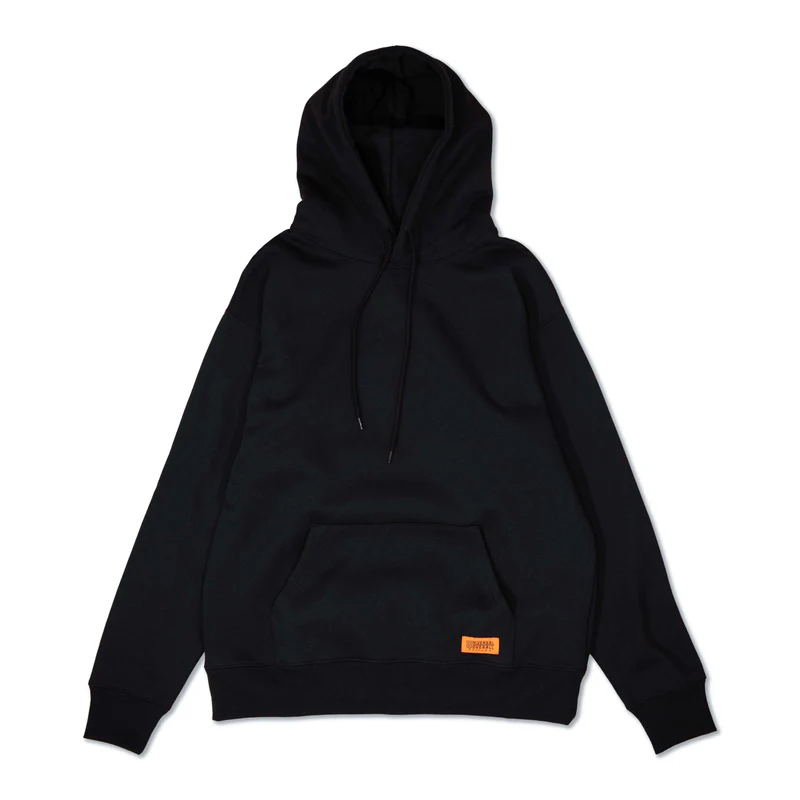
Ordinary daily consumer goods, such as socks, T-shirts, hoodies, backpacks and sunglasses, may seem like popular choices for importation. In the case of socks, for example, a pair of high-quality cotton socks costs about $0.30 to produce in China, while shipping costs from China to the U.S. range from $0.02 to $0.20, depending on the mode of transportation and quantity. In U.S. retail stores, the same quality socks can sell for as much as $3, which may seem like a huge profit margin. However, these products are not always the best choice for new importers for several reasons:
First, in developed regions such as North America and Europe, the market for general consumer goods is dominated by large retailers. Consumers are accustomed to purchasing their daily necessities from these retailers, which means that new importers need to bear high store rent and labor costs in order to get a share of the highly competitive market. Second, selling these products online is equally challenging. The high cost of online marketing is almost equivalent to the cost of opening an offline brick-and-mortar store, and it’s difficult for ordinary products to stand out from their competitors, grab consumers’ attention and drive orders. Over the past decade, many small Chinese factories producing ordinary daily necessities have withdrawn from the market, and many small stores, online or offline, have faced bankruptcy or struggled to survive. Even for Chinese people, it costs $2-$3 to buy a pair of good quality cotton socks, usually from a large retailer or manufacturer.
But that doesn’t mean there are no opportunities for ordinary products. The following two solutions may bring new ideas for new importers:
Solution 1: Product differentiation
Differentiate the product from ordinary products through innovative design or functional improvements.
Take socks as an example, although the market for ordinary socks is highly competitive and low-profit, the Swedish brand Happy Socks has managed to gain a foothold in the market by selling uniquely designed and colorful socks.Happy Socks is more than just an ordinary pair of socks, it gives socks more emotional value and fashionable attributes through its unique design and brand story, and attracts a large number of young consumers.
Solution 2: Find markets not monopolized by large retailers
In developing countries or specific regions, look for general product markets that are not yet monopolized by large retailers.
In some developing countries, sales of certain general consumer products are still dependent on small street stores or local markets that are not yet fully penetrated by large retailers. In this case, you can try to enter these markets and win consumers by offering high quality products at reasonable prices.
4. Niche demand products
Niche demand products are a very promising area of e-commerce. While the market demand for these products is relatively small, because of this there is less competition and consumers are often willing to pay higher prices for products that fulfill a specific need. Focusing on one product and digging deeper into its market potential can help you realize significant revenue in e-commerce.
The key to choosing niche products is to find markets that have specific needs but are not yet occupied by a large number of competitors. Here are some strategies for choosing niche products:
Solve a specific problem: Look for products that solve a specific problem. For example, retractable garden hoses solve the problem of traditional hoses being bulky and difficult to store.
Unique Function or Design: Products that have a unique function or design that appeals to a specific group of consumers. For example, acrylic cosmetic organizer is not only beautiful, but also can effectively organize cosmetics.
Demand of specific groups of people: Targeting the needs of specific groups of people, such as pet owners, outdoor enthusiasts, mothers and babies groups. For example, smart feeders for pets or outdoor portable cookware.
Therefore, niche demand products are worth trying, especially for importers who want to build their brand and customer base in a specific market.
5. Branded products
The importation of branded products is indeed a complex area that needs to be handled with care. While many branded products are manufactured in China, buying directly from the original manufacturer is often not possible, as these brands usually have strict distribution networks and authorization systems. However, you can still import branded products from China under certain specific circumstances. Here are two possible scenarios and related advice:
Situation 1: No official retailer in your country
If there is no official retailer of the branded products in your country and you can afford the full cost of importing from China, then you can try to import these products. But you need to pay attention to the following points:
1. Choose a supplier with sales rights
Make sure that the supplier you choose has the right to sell the brand’s products in China. The supplier must be able to provide a sales authorization letter from the brand company, which is an important document for customs clearance. Without the authorization letter, Customs may consider the products to be counterfeit, which may result in the goods being seized or fined.
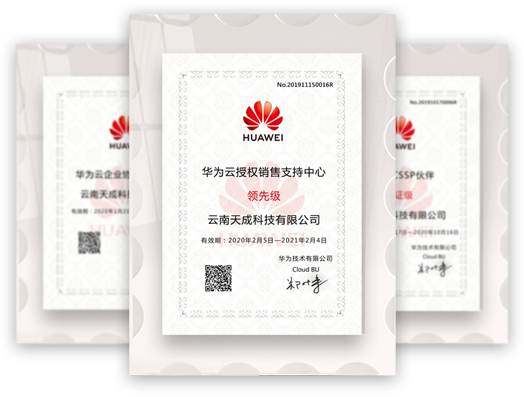
2. Importance of the authorization
An authorization letter is a key document that proves that a supplier is legally selling a branded product. Here are some key points of the content of an authorization letter
Brand company name: clearly authorizes the supplier to sell its products.
Supplier information: including the supplier’s name, address and contact information.
Authorized product range: clearly authorize the sale of specific product models and quantities.
Authorization period: the effective period of authorization.
3. Professional freight forwarder’s help
If you can not get a letter of authorization, you can consider finding a professional freight forwarder. They can sometimes help you complete import customs clearance in other ways, but this requires you to communicate in detail with the freight forwarder and understand the risks involved.
Scenario 2: Buying used branded products or parts
Buying used branded products or parts from China is an option worth considering, especially for cell phone repair centers or other industries that require specific accessories.
1. Used Branded Products
Buying used branded products (e.g. used iPhones) can be a significant cost reduction, but there are a few things to keep in mind:
Product quality: Ensure that the quality of the used product meets expectations and avoid purchasing a damaged or unusable product.
Supplier reputation: Choose a reputable supplier and make sure the product is from a legitimate source.
Customs regulations: Understand your country’s customs regulations regarding the importation of used products to ensure compliance.
2. Branded parts
Buying branded parts (e.g. iPhone screens, motherboards, etc.) is a common practice in many cell phone repair centers. Here are some suggestions:
Parts quality: Ensure that the parts purchased are original or high-quality alternatives to ensure the quality of the repair.
Supplier Selection: Choose experienced suppliers to ensure reliable sources of parts.
Bulk Purchasing: Reduce unit costs and increase profit margins by purchasing in bulk.
6. Focus on specific product categories
Among the many product types, I would especially recommend new importers to choose niche products while focusing on specific product categories. Focusing on a specific product category and digging deeper into the opportunities within that category is truly a long-term and sustainable business strategy. So the first step is crucial: choose a product category that interests you and has potential.
By focusing on a specific product category, you can gradually build your brand, build a stable customer base and eventually scale your business.
For example, an Australian client we work with saw the potential in the natural skincare market and focused on importing organic plant extracts from China and developing a range of skincare products by combining them with local natural ingredients. Her brand sells itself as natural and additive-free, attracting a growing number of consumers who emphasize a healthy lifestyle. By participating in various health and beauty fairs and collaborating with local beauty salons and health food stores, her business has grown rapidly over the years.

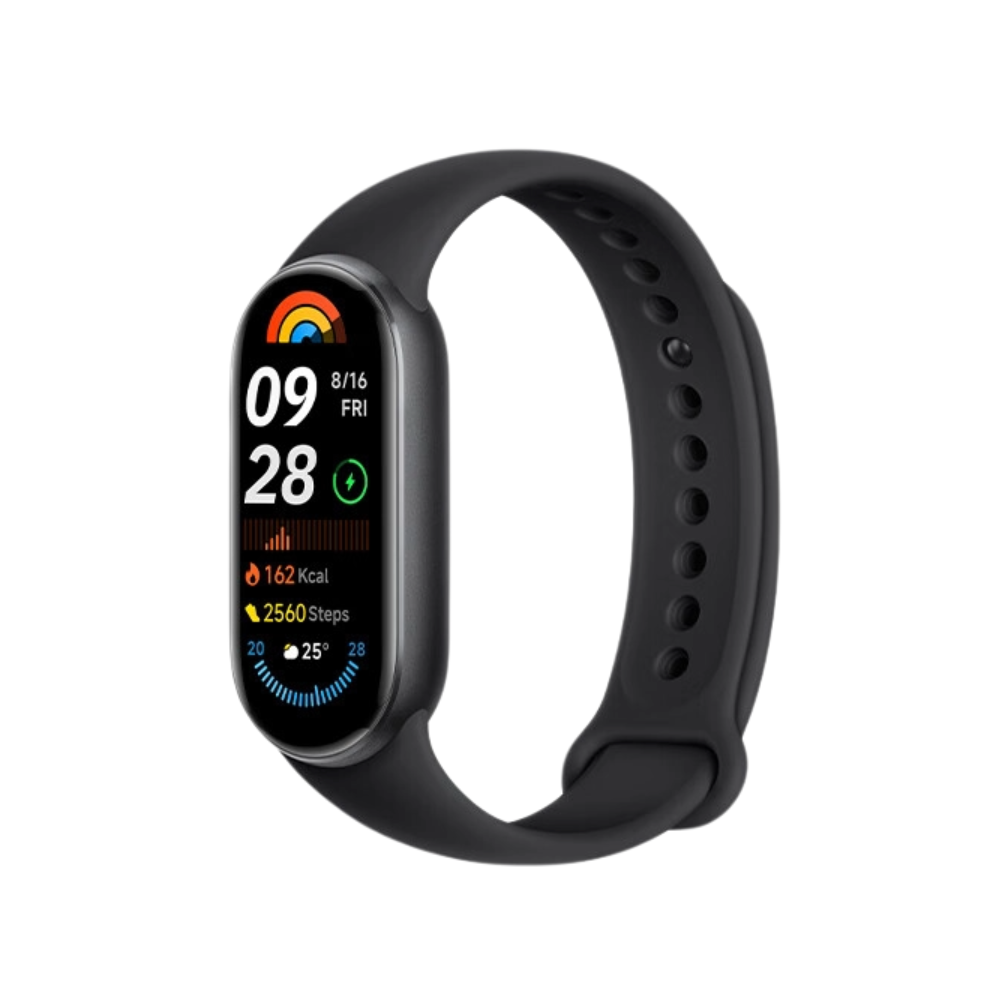
A Canadian tech enthusiast sees the market prospects for smart wearables and focuses on importing products such as smart bracelets and smart watches from China. He promotes the use of smart wearables in sports monitoring and health management by working with local gyms and sports clubs.
If you have any questions or need advice to help you analyze whether a product is worth importing from China, please feel free to contact us. If you find this article helpful, please feel free to share it with your friends.
Get Your Free Quote
We connect you with trusted factories, secure the best quotes, and deliver straight to your doorstep.